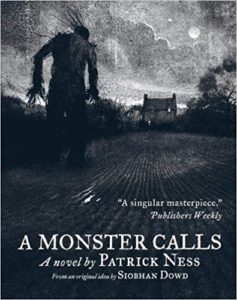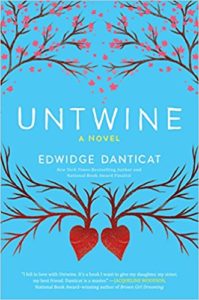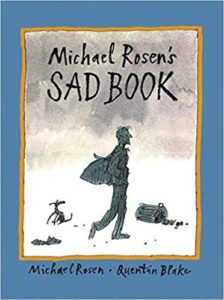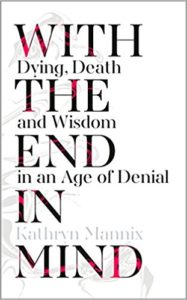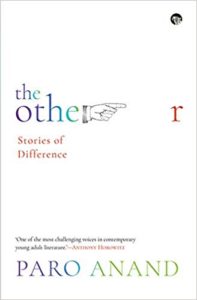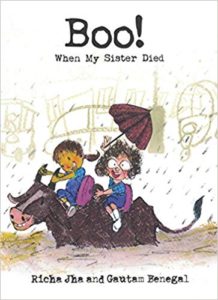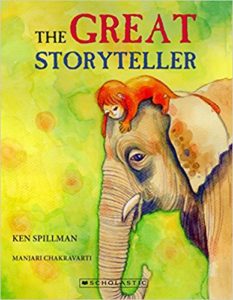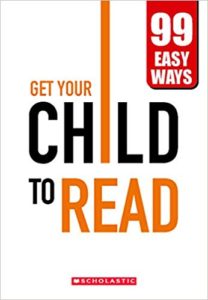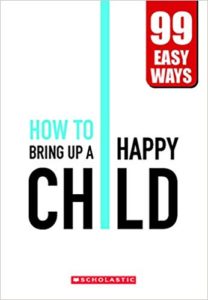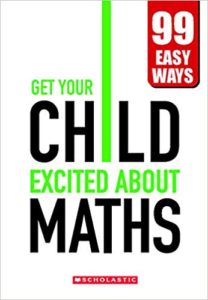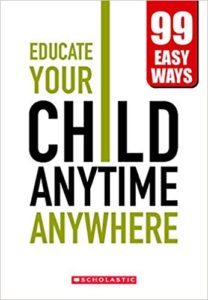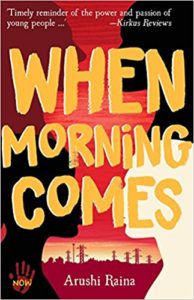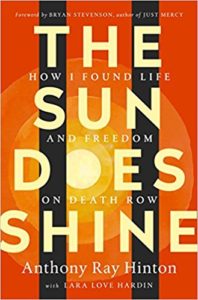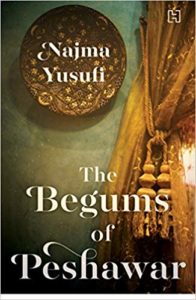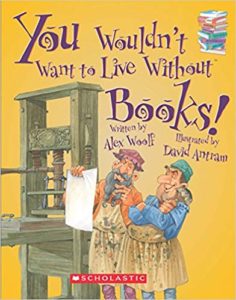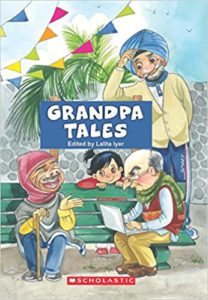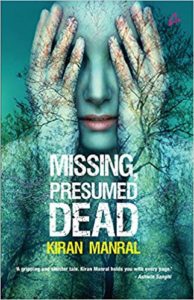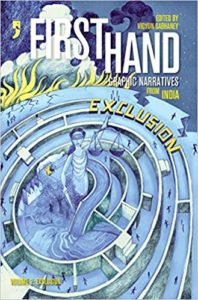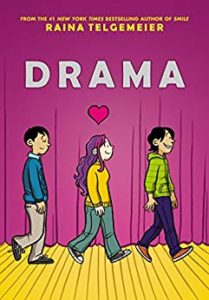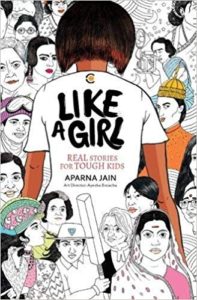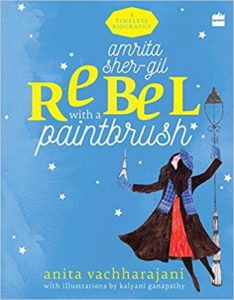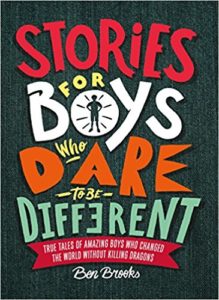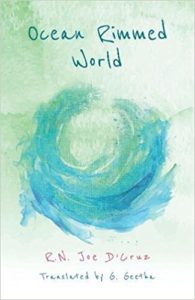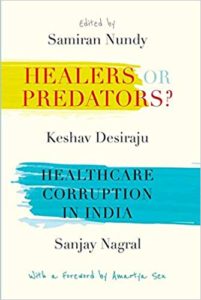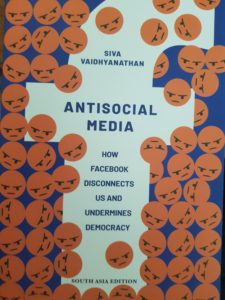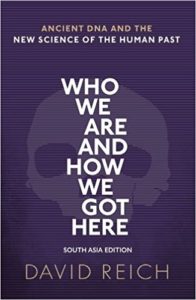Reading young adult literature
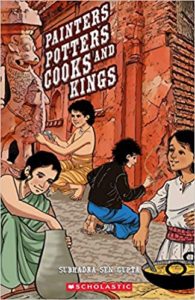 There is a tremendous spurt in middle grade novels and young adult literature. It is also a grey area as it is never clear what kind of stories may attract the young readers. Even so there is a great mix of storytellers and stories being published regularly. There is so much variety to choose from. Here is a selection:
There is a tremendous spurt in middle grade novels and young adult literature. It is also a grey area as it is never clear what kind of stories may attract the young readers. Even so there is a great mix of storytellers and stories being published regularly. There is so much variety to choose from. Here is a selection:
Beginning with the seasoned writers like Paro Anand, Ranjit Lal and Subhadra Sen Gupta, all of whom have new books published. Well, Subhadra Sen Gupta’s is a reissue of one of her earliest collection of historical fiction short stories. It is a revival of her backlist that is very welcome. Painters, Potters, Cooks and Kings was first published 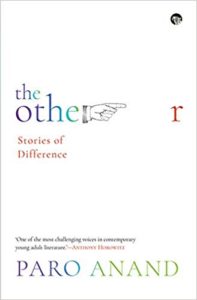 nearly two decades ago but it remains one of my all time favourite collection of short stories. These stories with children as the protagonists are set in different periods of Indian history — King Ashoka, Emperor Akbar, King Krishna Deva Raya, Princess Jahanara and British India.
nearly two decades ago but it remains one of my all time favourite collection of short stories. These stories with children as the protagonists are set in different periods of Indian history — King Ashoka, Emperor Akbar, King Krishna Deva Raya, Princess Jahanara and British India.
Paro Anand’s The Other is a path-breaking collection of short stories for young adults exploring critical issues like gender, sexual abuse, grief and loneliness and much, 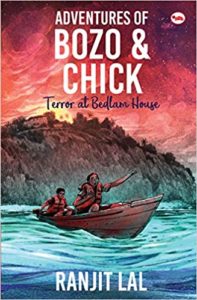 much more. It is a set of stories that even adults will do well to read. ( I wrote about it too and embedded a fantastic conversation between Paro Anand and Sunil Sethi too.)
much more. It is a set of stories that even adults will do well to read. ( I wrote about it too and embedded a fantastic conversation between Paro Anand and Sunil Sethi too.)
Ranjit Lal is another very prolific writer for children. Over the years his storytelling has matured to magnificent levels. His child protagonists are always very well-defined and easy for the young readers to identify with as they are ordinary folks. His plots are of the familiar too. Even when his stories become sinister and dark, the scenarios are completely plausible as there is a logical 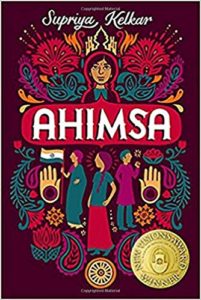 progression from the point of the personal and known. Again spaces that are easy to recognise. This holds true for Adventures of Bozo & Chick: Terror at Bedlam House which is set in Mumbai. Teenagers Bozo and Chick, ably assisted by youngsters in the neighbourhood, try and solve the mystery of the masked strangers living in a more or less abandoned home. Mixed with generous doses of references to real life such as love jihad or terrorists attacking Mumbai using the sea-route make this novel unnerving but a gripping read.
progression from the point of the personal and known. Again spaces that are easy to recognise. This holds true for Adventures of Bozo & Chick: Terror at Bedlam House which is set in Mumbai. Teenagers Bozo and Chick, ably assisted by youngsters in the neighbourhood, try and solve the mystery of the masked strangers living in a more or less abandoned home. Mixed with generous doses of references to real life such as love jihad or terrorists attacking Mumbai using the sea-route make this novel unnerving but a gripping read.
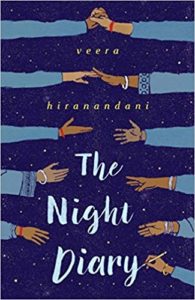 And then there are two extraordinary middle grade novels by USA-based writers of Indian origin — Ahimsa and The Night Diary. Both novels deal brilliantly with the Indian freedom struggle. ( Read interviews with Supriya Kelkar and Veera Hiranandani.)
And then there are two extraordinary middle grade novels by USA-based writers of Indian origin — Ahimsa and The Night Diary. Both novels deal brilliantly with the Indian freedom struggle. ( Read interviews with Supriya Kelkar and Veera Hiranandani.) 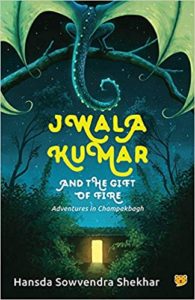
Award-winning writer of adult fiction Hansda Sowvendra Shekhar’s first book for children Jwala Kumar and the Gift of Fire: Adventures in Champakbagh is a tremendous book. Friendships between magical creatures and little children, the implicit trust that binds them, always makes for a perfect story. Hansda has achieved it charmingly so in his own gem of this utterly 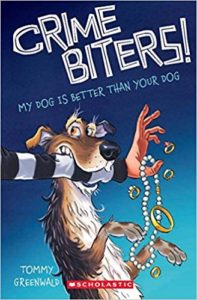 fabulous Jwala Kumar. A fun, fun book is Tommy Greenwald’s Crimebiters! It involves little children and a crime-fighting vampire dog. Need I say more? It is utterly delicious!
fabulous Jwala Kumar. A fun, fun book is Tommy Greenwald’s Crimebiters! It involves little children and a crime-fighting vampire dog. Need I say more? It is utterly delicious!
Three collections of short stories that are equally engaging are Grandpa Tales and Grandma Tales 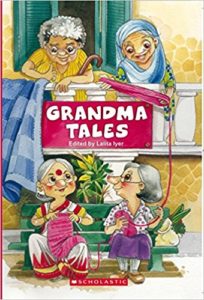 ( edited by Lalitha Iyer) and Flipped: Funny Stories/Scary Stories. The stories edited by Lalita Iyer are a great collection with the contributing authors mostly sharing stories that they heard from their grandparents. In the next edition of these anthologies it may be better if there was a wider selection of stories representing the diversity of India rather than focused on a handful of regions. Nevertheless these are two entertaining volumes. The third one is a curious book of flipped stories. So to read the
( edited by Lalitha Iyer) and Flipped: Funny Stories/Scary Stories. The stories edited by Lalita Iyer are a great collection with the contributing authors mostly sharing stories that they heard from their grandparents. In the next edition of these anthologies it may be better if there was a wider selection of stories representing the diversity of India rather than focused on a handful of regions. Nevertheless these are two entertaining volumes. The third one is a curious book of flipped stories. So to read the 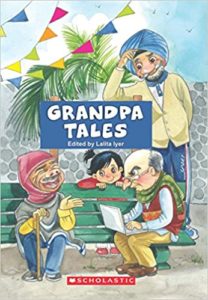 scary stories you read the book one way and to read the funny stories you flip the book. The two stories that stand out in this volume are “Of Grave Importance” by Adithi Rao and “When I Was a Little Girl” by Shabnam Minwalla.
scary stories you read the book one way and to read the funny stories you flip the book. The two stories that stand out in this volume are “Of Grave Importance” by Adithi Rao and “When I Was a Little Girl” by Shabnam Minwalla. 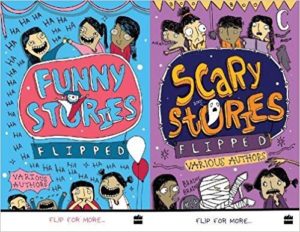
But the new voice in children’s literature to be noticed is Cordis Paldano. A theatre professional who has also been trained in Tamil street theatre called Terukkutu, Cordis Paldano’s debut novel The Dwarf, The Girl and the Holy Goat is a stupendous book. It has an 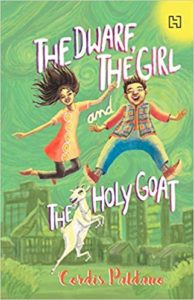 excellent sense of drama and timing. Being true to the elements of street theatre that thrives on incorporating elements into the performance of local socio-political developments, this book too is no different. It is a brave book. Cordis Paldano is the talented new kid on the block and worth following!
excellent sense of drama and timing. Being true to the elements of street theatre that thrives on incorporating elements into the performance of local socio-political developments, this book too is no different. It is a brave book. Cordis Paldano is the talented new kid on the block and worth following!
Given that the festival season is here. These books would make tremendous Diwali gift packs whether for reluctant or mature readers.
Happy reading!
30 October 2018
To buy on Amazon India
Painters, Potters, Cooks and Kings
Adventures of Bozo & Chick: Terror at Bedlam House
Jwala Kumar and the Gift of Fire: Adventures in Champakbagh
Flipped: Funny Stories/Scary Stories
The Dwarf, The Girl and the Holy Goat

